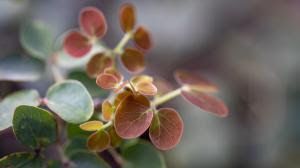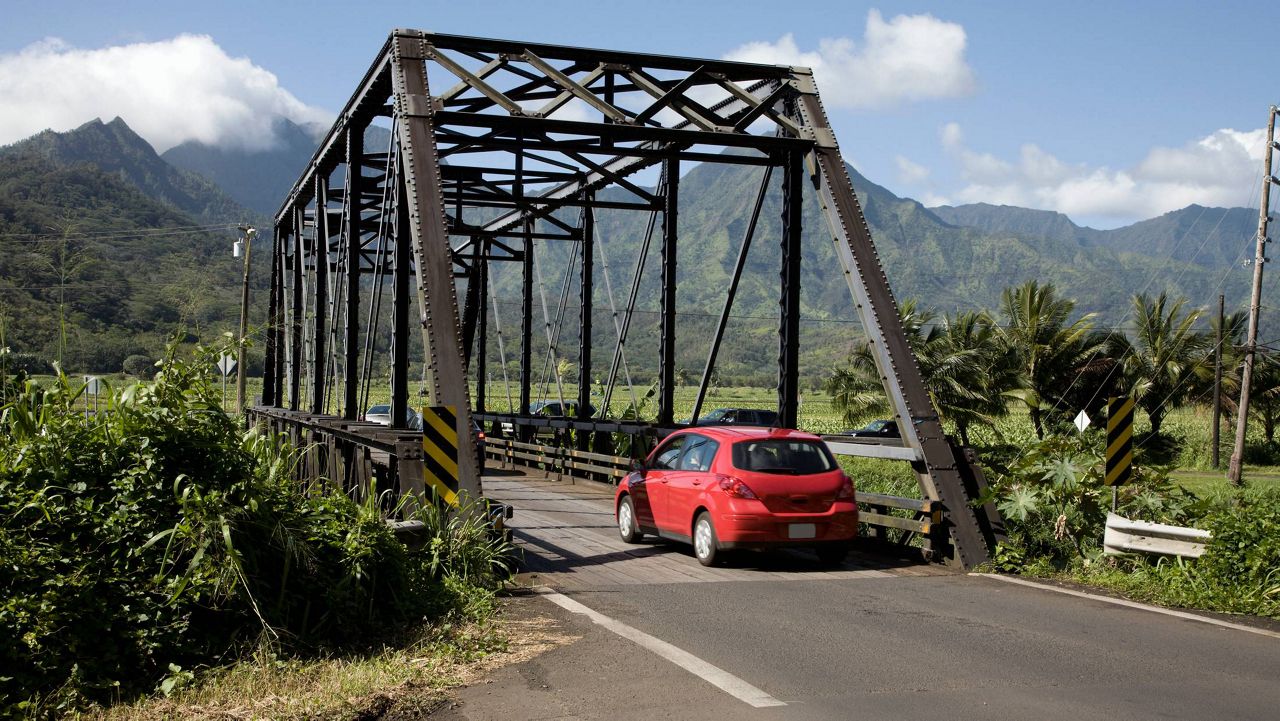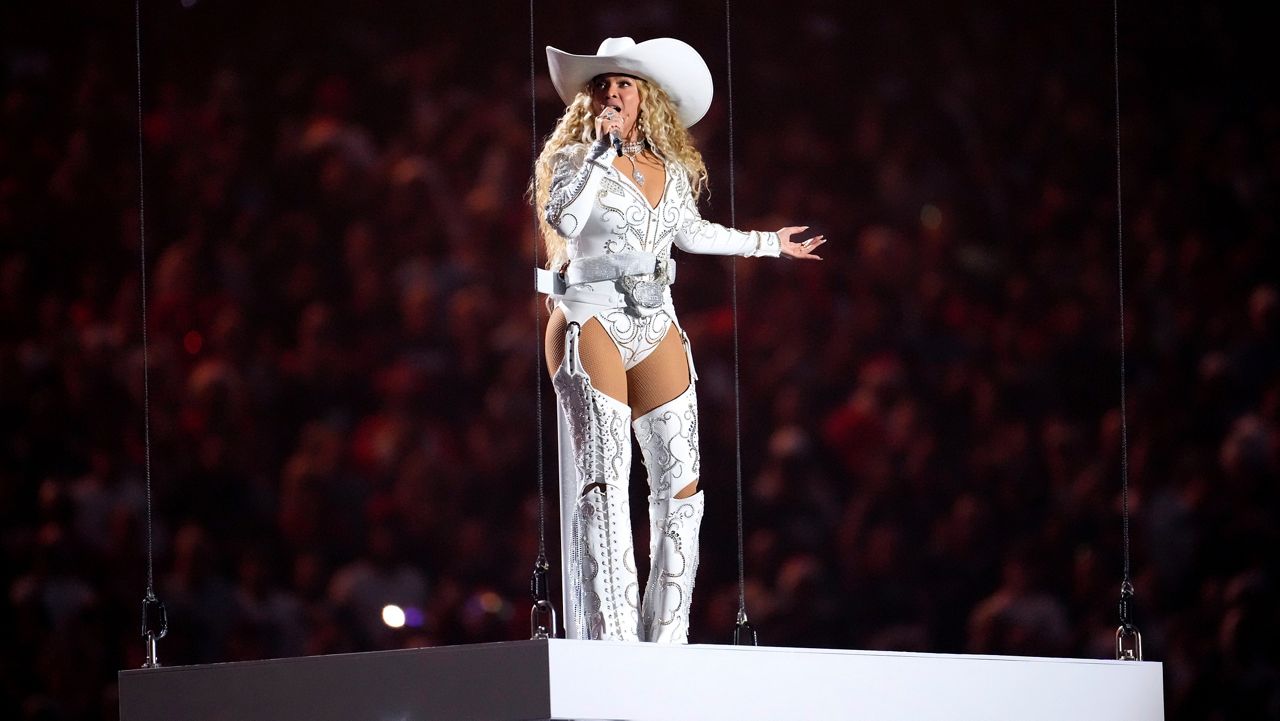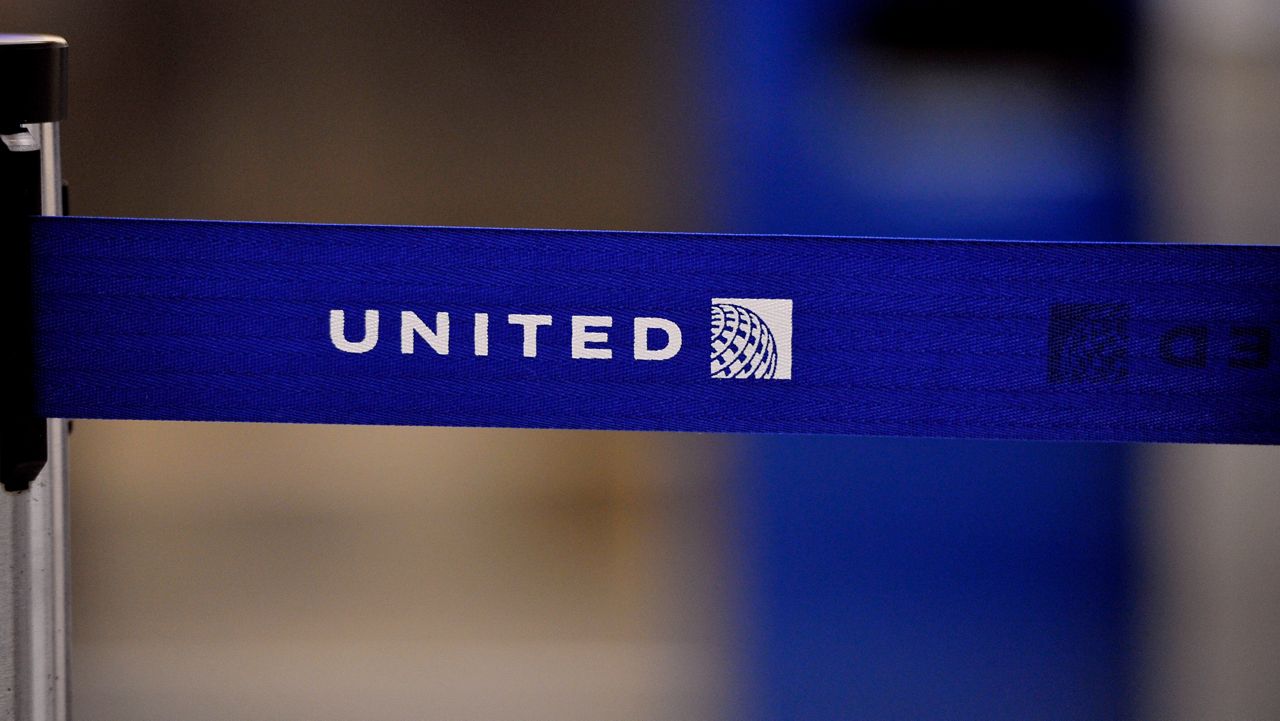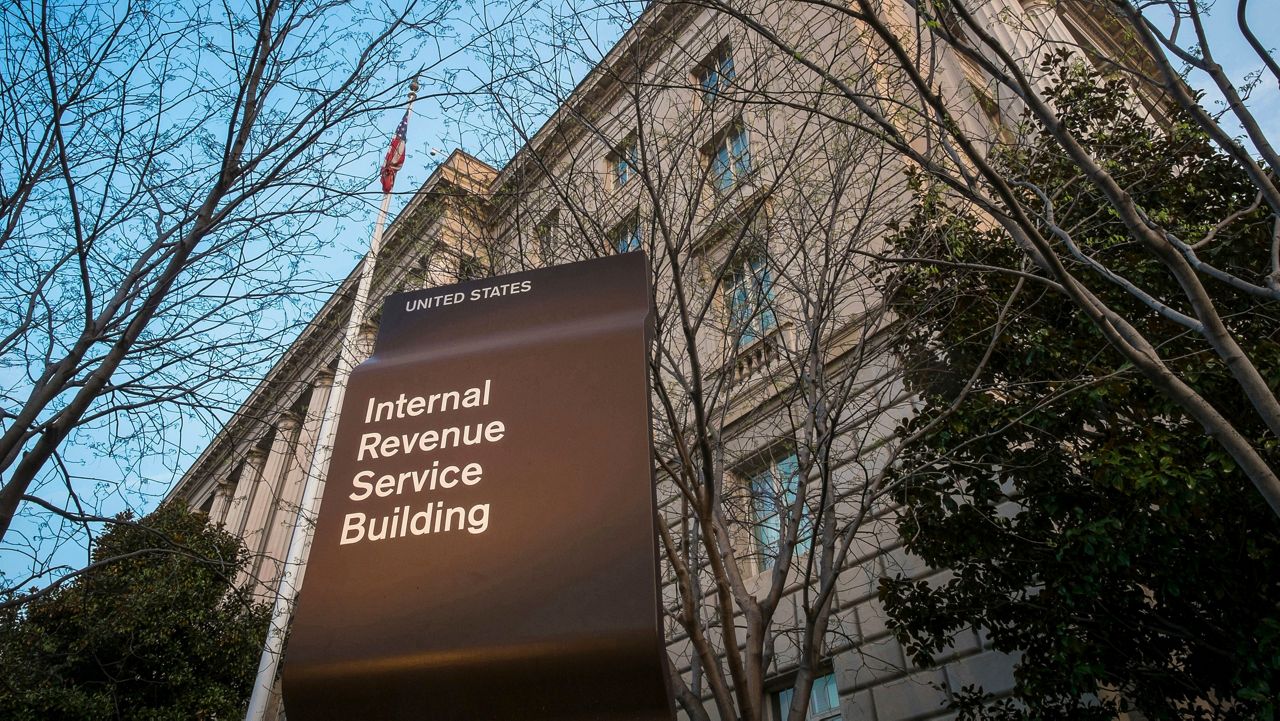HAWAII — A rare flowering plant was declared extinct in the wild in 2015, but researchers used seeds collected before the last plants died to bring it back to life.
Fossils show that Ka palupalu o Kanaloa (Kanaloa kahoolawensis) used to grow on the rocky seaside cliffs of Oahu, Maui, Kauai, and Kahoolawe, but in 2015 the last two known plants that were growing on a sea stack off the coast of Kahoolawe died.
These two final flowering shrubs were discovered in 1992, as researchers were exploring the rocky sea stack. The species is named for Kanaloa, the Hawaiian god of the ocean, who came to Kahoolawe to rest and restore his energy.
Before the last two plants died, seeds were collected and saved.
Anna Palomino, who is a horticulturist with the Plant Extinction Prevention Program, was able to germinate the seeds and grow seedlings — the first time this had successfully been done for Ka palupalu o Kanaloa in 24 years. Doug Okamoto, a greenhouse technician with Lyon Arboretum, became the first person to make rooted cuttings of the plant.
Now, there are 23 plants that have grown from hand pollination and are producing seeds in nurseries on Maui. The plants produce tiny white flowers.
“There are so many other Hawaiian species in a similar situation as Kanaloa. With Kanaloa, at least we have begun to have some hope of its future survival,” Okamoto said in a University of Hawaii press release. “The cooperation of the many different organizations involved in the Kanaloa project can be used as a model in helping in the recovery of other critically endangered plants.”
Ka palupalu o Kanaloa is considered one of the 10 most critically endangered plants and animals in the world that was impacted by climate change, according to the Endangered Species Coalition.
Unfortunately, the plants will not be returned to their native habitat at this time, because it is being impacted by droughts and increasing storms brought on by climate change.




